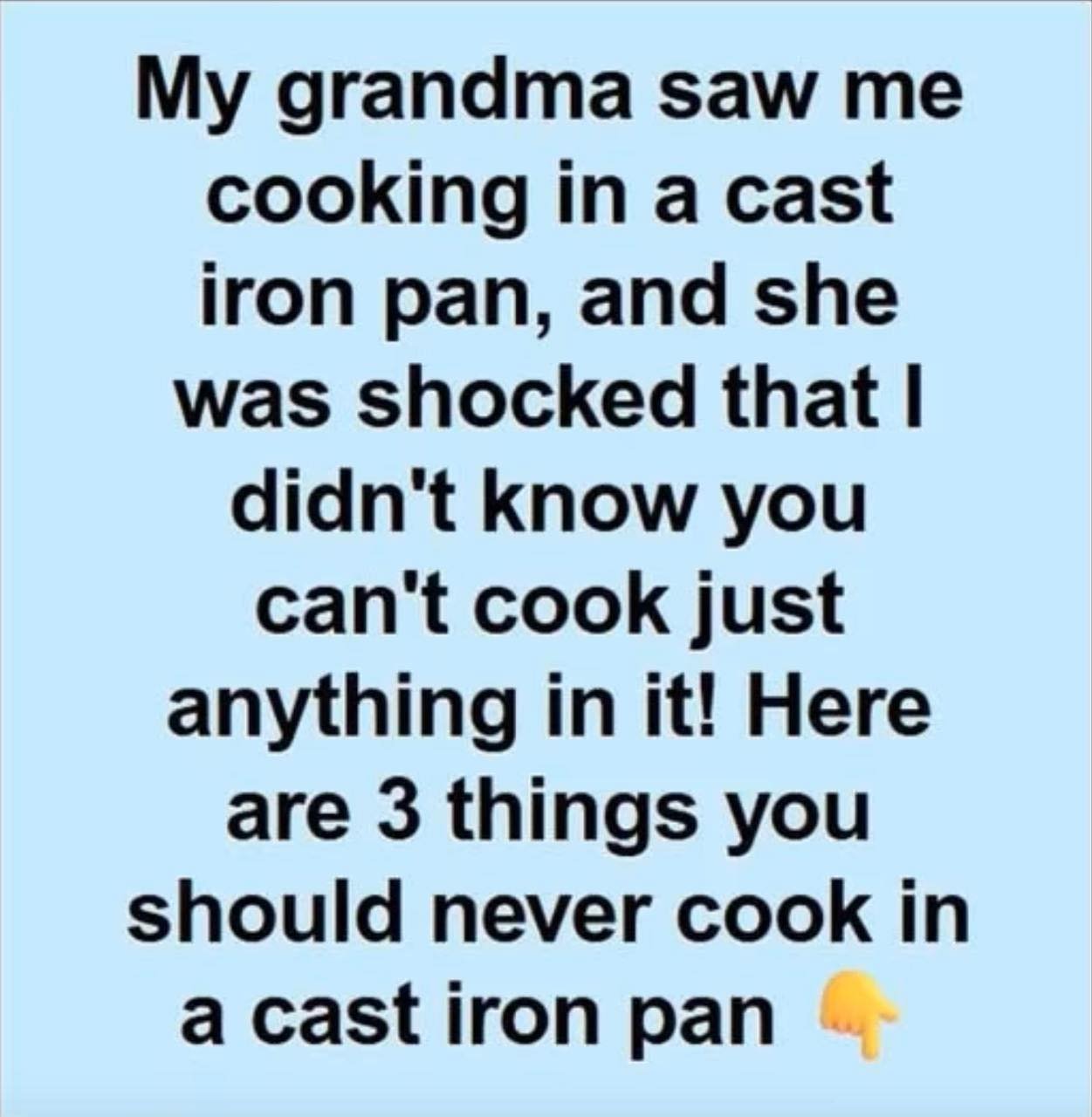Cast iron skillets are fantastic, but not all foods and cooking styles suit them. Using your pan for the wrong things can harm its seasoning or cause unwanted flavors.
Acidic foods like tomatoes and vinegar are tough on cast iron. They can strip seasoning and leave a metallic taste. Quick tomato cooking is okay; long stews or acidic braises are better made in stainless or enamel pans.
Fish that flakes easily, like tilapia or flounder, stick to cast iron and may leave odors behind. Nonstick or stainless steel pans work better for delicate fish.
Sugary sauces burn fast and stick to your pan, ruining the seasoning if your skillet isn’t perfectly seasoned. For these sauces, nonstick cookware is a safer option.
Eggs also stick for those who aren’t experts with cast iron seasoning. Nonstick skillets are easier for cooks making omelets or scrambled eggs.
Cast iron holds on to strong smells from foods like garlic or curries. To avoid flavor mixing, keep one pan for savory dishes and another for sweet, or clean thoroughly after pungent meals.
Wet cooking like boiling or steaming causes rust and damages seasoning. Reserve these methods for other pots.
Don’t store leftovers in cast iron as moisture and acid break down seasoning and cause rust.
Never pour cold water on a hot skillet or put cold food into a hot pan; sudden changes can crack or warp the metal.
Always dry the pan well, oil it lightly after washing, and store in a dry spot to keep your skillet ready for many years of cooking.


